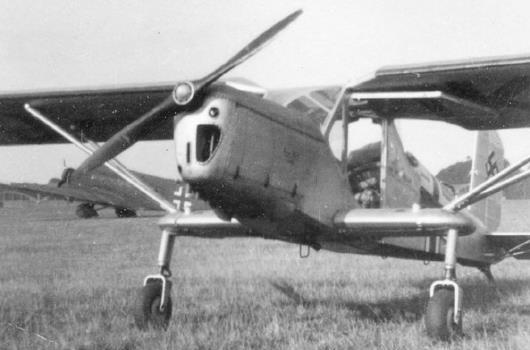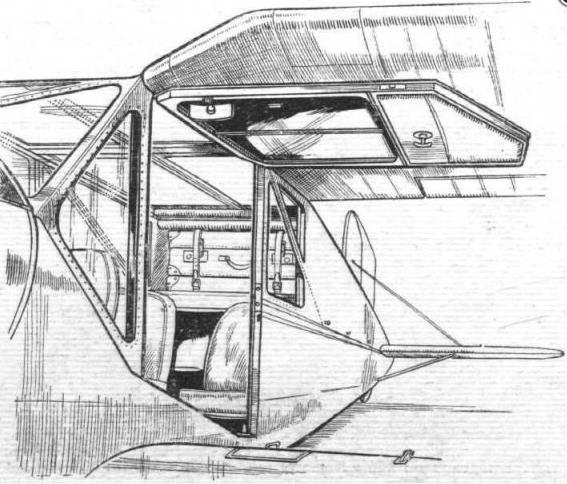



The first model of an aircraft of the 180th series was created in 1934. According to the scheme, it was a high-wing plan with closed cockpits, a fixed gear and a Renault 4Pei liquid-cooled engine. An experimental aircraft, in the summer of that year, without any problems passed factory tests and was later presented at the Paris Air Show. After that, H.180 was subjected to some modifications. The modified civilian version of H.180T received a certificate of airworthiness only on June 19, 1936, while its specialized version of H.182Taroused certain interest among military experts. In order to adapt the machine to the requirements of the Air Force, Hanriot engineers developed two modifications with different types of engines - Salmson 6T and Regnior R4. The first prototype H.182-01 (code F-ANPU) took off in 1935. The aircraft was soon transferred to the test center, where it was flown by Captain Konstantin Rozanoff. While the military tests were in progress, the company managed to assemble the first 15 aircraft for civil aviation, but most of them later passed into the hands of the military. The order from the Air Force and Naval Aviation arrived a little later and amounted to 392 planes in 2 and 3 special versions. In total, Armee de`l Air received 346 aircraft, and Aeronautique Aeronavale - only 10. Marine aircraft featured a completely closed rear cockpit, a generator on the engine hood, a more powerful radio station, a night flight device and deck equipment. In addition, three machines adapted to perform aerobatics and received the designation H.183. Most of the military H.182, located in France, survived until June 1940, but after signing of peace their fate was unenviable. In connection with the reorganization of the Air Force that began, many old planes were scrapped or began to be used as visual aids at aviation schools. . Only a few machines managed to survive, while the bulk of H.182 was operated in northern Africa until mid-1942. Foreign orders did not exceed 60 aircraft. In 1937-1938 10 H.182 was bought by the Republican Government of Spain, and used in the war. The second, larger order came in 1939 from Turkey. Some foreign sources claim that the Turks received about 50 aircraft, but in fact the total volume was 36 planes. Arriving aircraft were assigned serial numbers 3401-34036 and in 1940, almost immediately after arrival, they were sent to a training school to train pilots and provide communications. They actively served in this role until 1943, and finally they were withdrawn from service in 1946. I
127 captured, bad condition. Scrapped, probably no service in the Luftwaffe
| Type |
Werk.Nr |
Registration |
History |
|
|
|
|
|
|
|
|
| Type |
2-seat trainer |
| Engine |
1 Renault 4PEI |
| Dimensions |
Length 7,22 m , height 3,15 m , span 12,00 m , wing area 18,97 m2 , |
| Weights |
Empty , loaded , max. take off weight |
| Performance |
Max.. speed 190 km/h, cruising speed , range 600 km, endurance , service ceiling 5500 m , climb |




